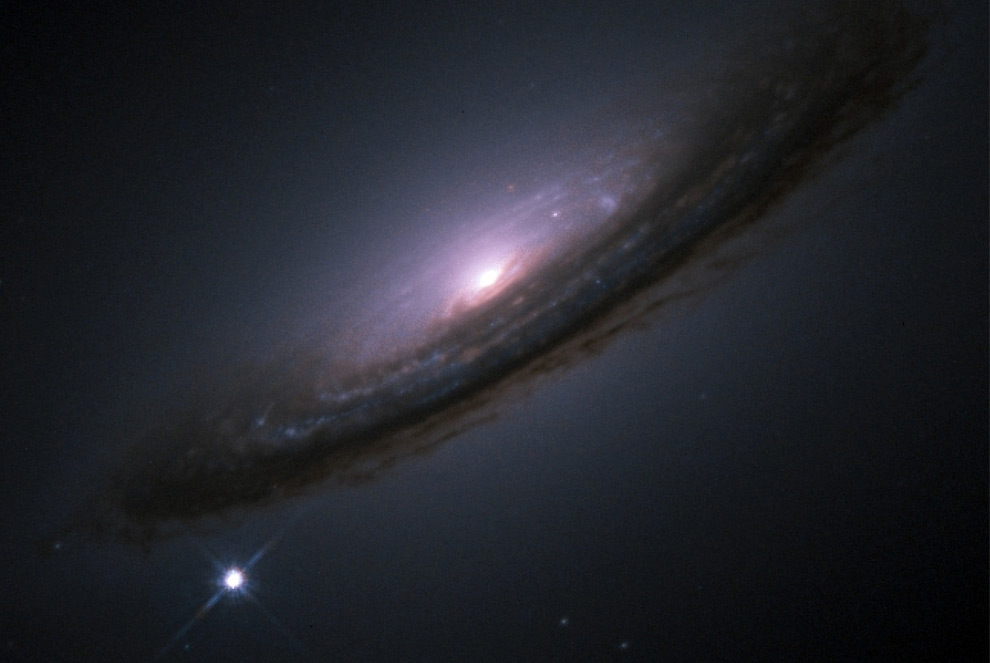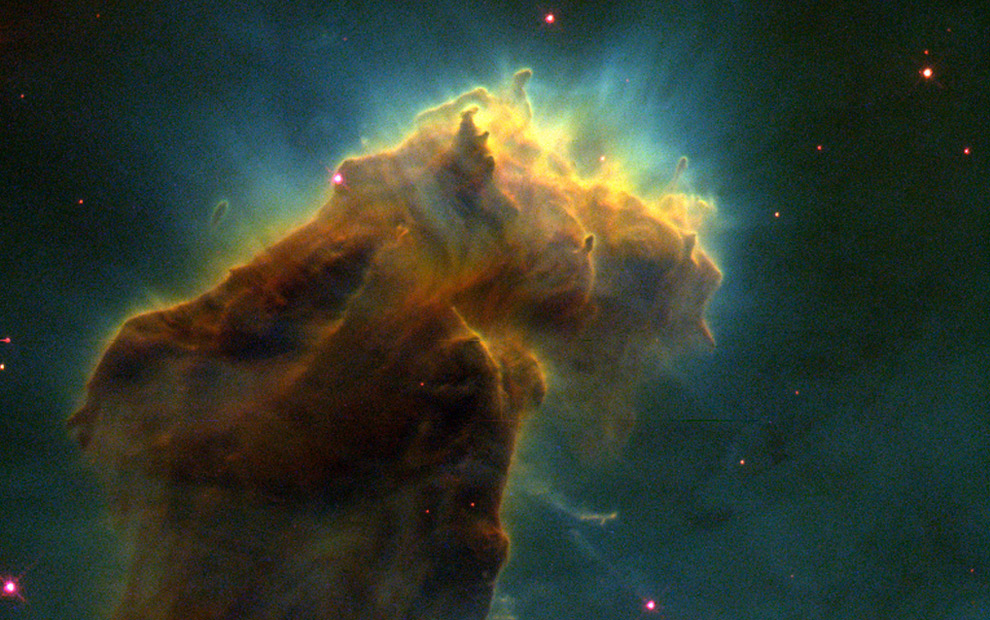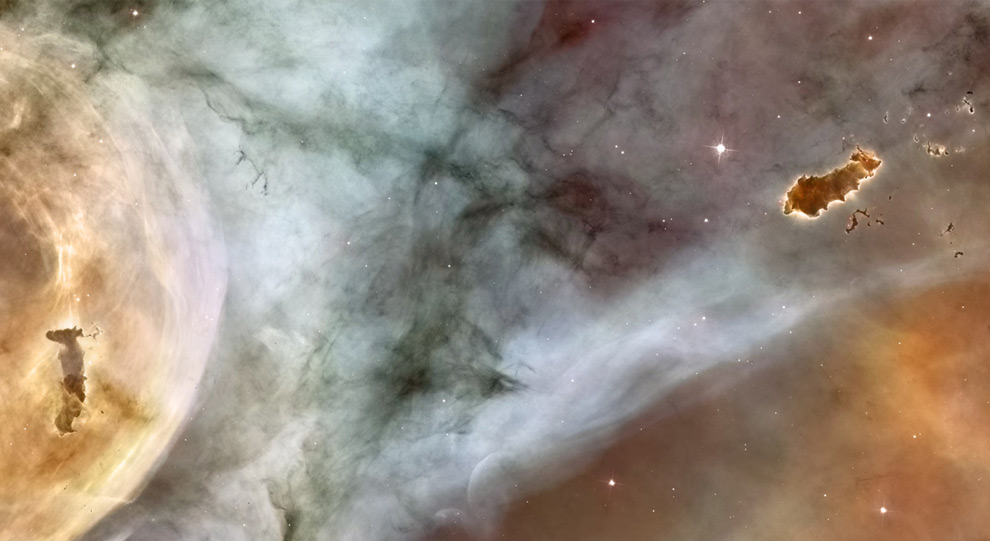Our solar system has one star, four rock-based inner planets, an asteroid belt, and four gas giant outer planets. Sorry Pluto.
The solar system is a beautiful apparatus. It's movements are predictable and constant and its unique characteristics can be compared against other solar systems we see in our galaxy.
However the structure of our solar system is not unique. It's a pattern that is found in other parts of the galaxy too:
- Rocky planets close to the star
- Gas planets far away from the star
It's believed that as celestial bodies formed from pressure and gas, their gravitational fields expanded and pulled particulae in. Heavier particulae (metals such as iron) eventually gathered to form rocky planets. Since these elements had a heavier atomic weight, they were drawn in closer to the star. Lighter elements stayed further away from the star and formed gas giants, like Saturn, pictured below.
(BTW, another theory is that planets formed based on the distance from the sun and the temperature of where the properties of basic elements could remain stable).
Obviously I don't know my physics too well. It's one of the high school science subjects I really wished I had taken.
But consider how mechanical this all seems. The solar system is beautiful. It's a complex architectural masterpiece crafted at the atomic level. Our understanding of this masterpiece is based on what we can observe. We know that iron is heavier than helium. We know that plutonium is more unstable than gold.
Our foundation of modern physics is based on indusputable atomic properties. Truths.
So what is our foundation of modern marketing based on? What are the unshakable marketing truths which we formulate our campaign hypotheses and customer segmentations on?
1. Consumers look for enhanced well-being through the tangible or intangible value derived from consumption of a product or service. RIGHT.
2. Complete information is impossible. Consumers will never know all the product specifications, possible prices, and availabilities. It is also impossible to perfectly rationalize the information from other consumers of the product or service. RIGHT.
Are those the only ones?
I really think so. Consider the classical marketing assumptions are being broken down and invalidated:
1. Consumers trust the messages they read in marketing communications. WRONG.
2. Consumers can easily be convinced to purchase on price and emotional benefits alone. WRONG.
3. Marketing is meant to be one way: consumers receive information, consumers receive the product. WRONG.
You know the assumption being challenged that really makes life scary for marketers?
That consumers need to consume.
Our economy is based on production and consumption. For a while, it was a lot like the solar system. It was an architectural masterpiece in perfect orbital symmetry and cosmic balance.
Consumers behaved.
But consumers aren't behaving anymore.
The death of our solar system is predicted to occur in 6 billion years. The sun will burn out and become a white dwarf, losing mass and energy. Planets, including Earth, will no longer feel the gravitational pull to the sun and might be ripped out of orbit by the pull of stronger, larger astronomical bodies.
Sound familiar, marketers? It's hardly a Nostradamian prediction, we can already see our consumers walking away. Forget about consumers not listening, consider the impacts of consumers not buying.
(All pictures were taken from the Hubble space telescope. Check out the full album here)
Thursday, February 19, 2009
Orbital symmetry and marketing truths
Posted by
Max Billings
Labels:
analysis,
consumer culture,
marketing,
philosophy,
research
Subscribe to:
Post Comments (Atom)


No comments:
Post a Comment